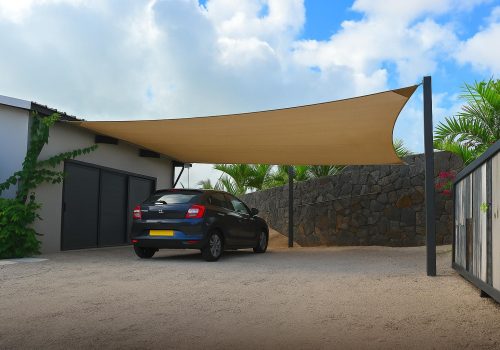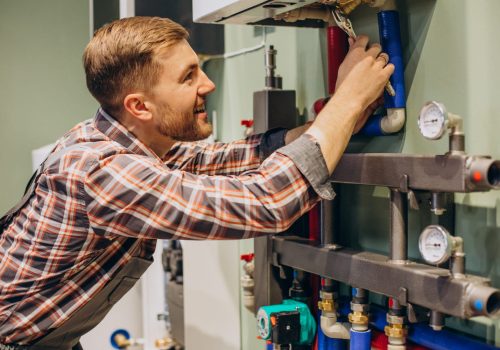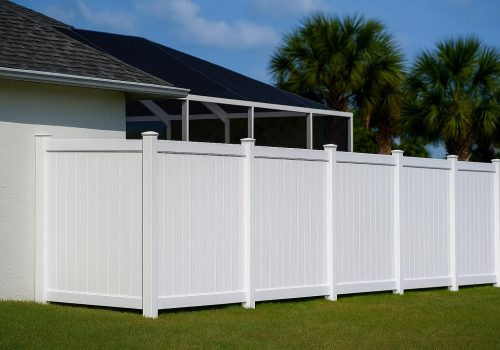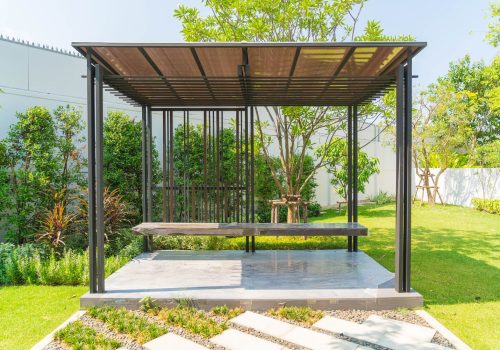The Most Common Drain Problems in Winnipeg (and How to Fix Them)
From stubborn clogs to unexpected backups, drain problems can go from minor annoyances to serious plumbing issues in a hurry—especially in Winnipeg, where freezing temperatures and aging infrastructure play a major role. Whether you’re a homeowner or managing a commercial property, understanding what’s behind your slow drains or gurgling pipes is the first step to avoiding costly repairs. At Browns Plumbing & Heating, we offer professional drain cleaning and repair services throughout Winnipeg to help residents solve recurring plumbing issues quickly and safely.
Below, we break down the most common drain problems in Winnipeg—and how to fix them before they become plumbing emergencies.
1. Slow Draining Sinks
A sink that takes forever to drain is one of the most common plumbing complaints—and usually one of the easiest to fix. Over time, hair, soap scum, grease, and food particles build up inside your pipes, narrowing the pathway for water.
DIY Fix:
- Use a plunger or a baking soda + vinegar mix followed by hot water.
- Remove and clean the drain stopper or trap (P-trap) under the sink.
When to Call a Pro: If DIY methods don’t resolve the issue or the problem keeps coming back, it may be a deeper clog or partial pipe collapse further down the line.
2. Recurring Toilet Clogs
Toilet clogs happen—but if they’re happening frequently, it’s a sign of a larger problem. Excessive toilet paper, non-flushable items, or mineral buildup can block waste flow.
DIY Fix:
- A high-quality plunger or toilet auger can clear most shallow clogs.
- Avoid using chemical drain cleaners, which can damage plumbing over time.
When to Call a Pro: If plunging doesn’t help or multiple toilets are clogging at once, you may have a blockage in your main sewer line.
3. Gurgling or Bubbling Drains
That gurgling sound coming from your shower or kitchen sink isn’t just annoying—it could be a sign of a venting issue or partial blockage. Trapped air in the pipes creates bubbles as water tries to drain past a clog.
DIY Fix:
- Try running water in nearby fixtures to check for drainage issues across the system.
- Clean accessible drain traps and check for any visible obstructions.
When to Call a Pro: Persistent gurgling could mean a vent stack problem or developing sewer line issue. A camera inspection may be needed to identify the cause.
️ 4. Basement Floor Drain Backups
In Winnipeg, heavy rainfalls or rapid snowmelt can overload older sewer systems. When that happens, basement floor drains are often the first to back up, bringing unpleasant smells and water into your home.
Common Causes:
- Tree root intrusion in sewer lines
- Collapsed or corroded underground piping
- Blocked city sewer connection
DIY Fix: Unfortunately, there’s little a homeowner can do for a floor drain backup beyond basic cleanup. Prevention is key—installing a backwater valve can stop sewage from re-entering your home.
When to Call a Pro: Immediately. Backups involving sewage are a health hazard and should be handled by professionals with proper safety equipment.
5. Shower Drain Blockages
Showers are especially vulnerable to hair clogs, soap residue, and hard water scale. Over time, these materials harden and reduce water flow, leaving you with standing water.
DIY Fix:
- Use a drain snake or hair removal tool
- Apply an enzyme-based drain cleaner monthly to prevent buildup
When to Call a Pro: If multiple bathroom drains are slow or blocked, it could indicate a main drain line issue requiring hydro jetting or inspection.
Winnipeg-Specific Problem: Frozen Pipes
With Winnipeg’s harsh winters, frozen pipes are a seasonal problem that can directly impact drainage. Ice blockages restrict water flow and may lead to burst pipes if not addressed promptly.
Prevention Tips:
- Insulate exposed pipes in basements, crawl spaces, and exterior walls
- Keep indoor temperatures consistent
- Let faucets drip slightly during extreme cold snaps
Call a Pro If: You notice no drainage or water flow in certain areas during winter—this could be a frozen or burst pipe situation.
Final Thoughts
Drain problems can sneak up on you, but addressing them early can prevent expensive repairs and water damage. While DIY fixes work for minor clogs, persistent, recurring, or widespread issues require professional attention. Whether it’s clearing out stubborn blockages, performing a camera inspection, or replacing damaged drain lines, trusted local technicians can make sure your plumbing system runs smoothly year-round.





